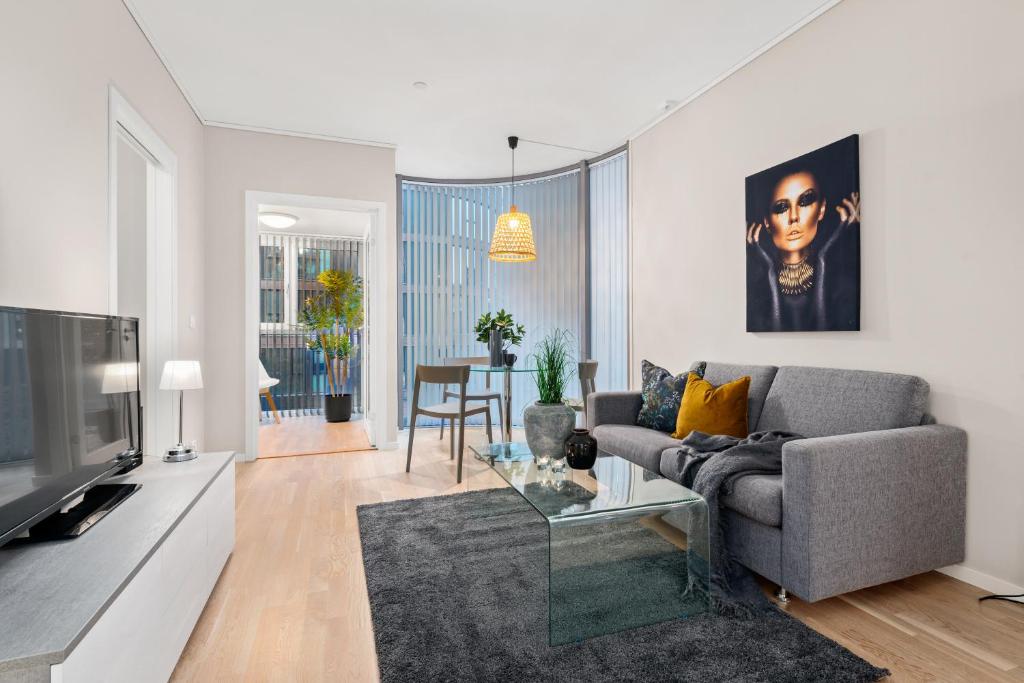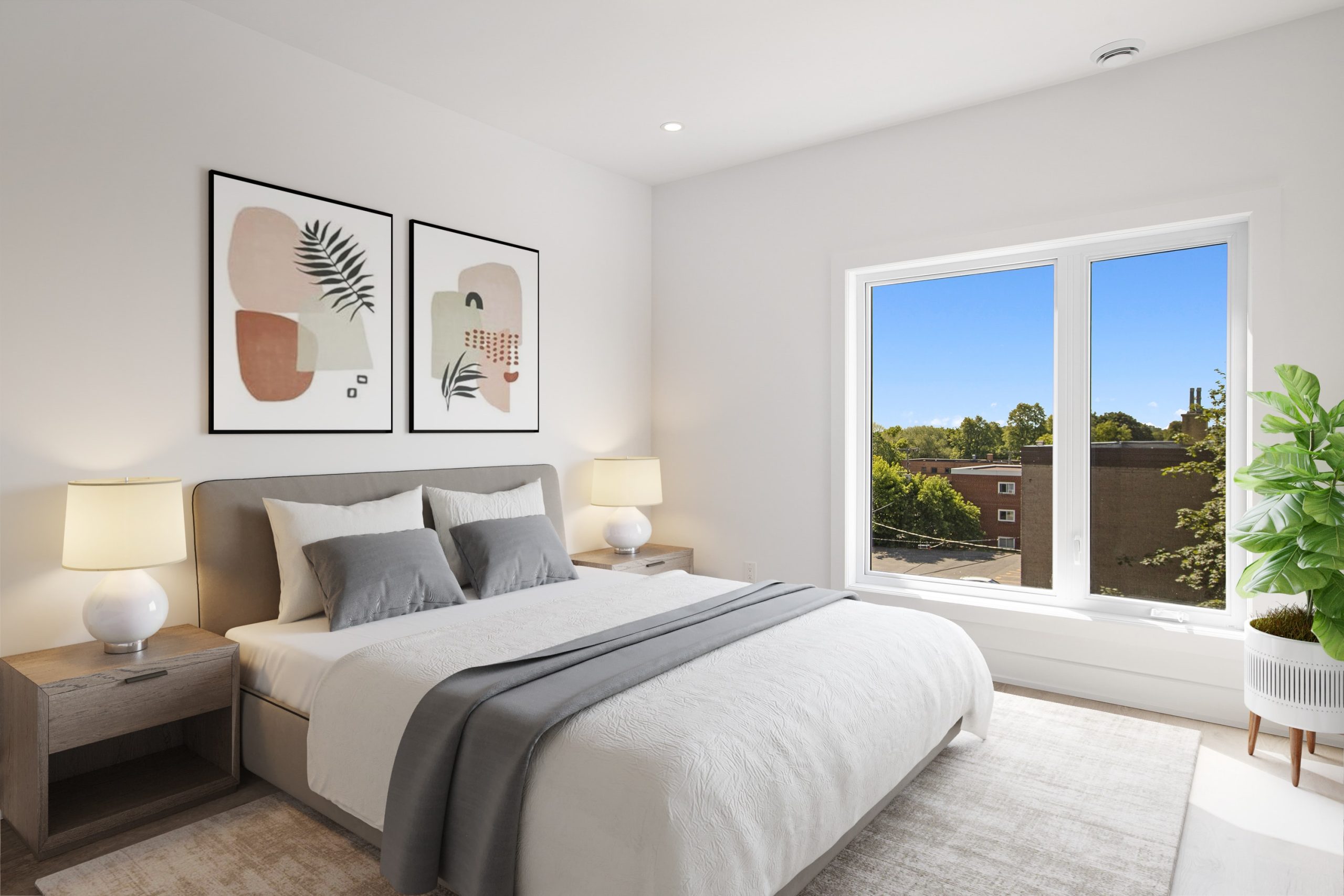Welcome to the future of real estate! We’re excited to take you on a journey through the top trends that will shape the industry in 2023. From smart homes that anticipate our every need, to sustainable design that prioritizes eco-friendliness and functionality, this year promises to bring some exciting new advancements. Whether you’re a homeowner looking for inspiration or a real estate investor searching for innovative opportunities, this post has everything you need to stay ahead of the curve. So fasten your seatbelts and get ready for an exhilarating ride into the world of tomorrow’s real estate market!
Smart Homes
In the past few years, we’ve seen a rise in smart home technologies and sustainable design trends in the real estate industry. These two trends are continuing to grow in popularity and are expected to have a big impact on the future of the industry.
Smart homes are becoming more and more popular as homeowners seek out ways to make their lives easier. Smart home technologies can include everything from automated lighting and temperature control to security systems and home automation systems. These technologies can make your life easier by giving you more control over your home environment and making it simpler to manage your day-to-day tasks.
Sustainable design is also becoming increasingly important to homeowners and developers alike. Sustainable design features can range from energy-efficient appliances and building materials to solar power systems and water conservation measures. Sustainable design is not only good for the environment, but it can also save you money on your utility bills in the long run.
Both smart homes and sustainable design are trends that are here to stay. If you’re looking to buy or sell a home, it’s important to be aware of these trends so that you can make the best decision for your needs.
Sustainable Design
As the world becomes increasingly aware of the need to protect our environment, sustainable design is becoming more and more popular in the real estate industry. Sustainable design is all about creating buildings and homes that have a minimal impact on the environment. This can be achieved through a variety of means, such as using energy-efficient materials, incorporating renewable energy sources, and using water-saving fixtures.
One of the benefits of sustainable design is that it can help to reduce your carbon footprint. Carbon footprints are a measure of the amount of carbon dioxide that is emitted into the atmosphere as a result of human activity. By reducing your carbon footprint, you can help to slow down climate change.
Sustainable design is also good for your wallet! Energy-efficient homes often cost less to operate than traditional homes, since they use less energy overall. This can save you money on your utility bills each month. And, if you ever decide to sell your home, green features can actually increase its value.
So, if you’re looking for a trend that’s good for both the planet and your pocketbook, sustainable design is it!
Multigenerational Living
As the world progresses, so does the way we live. Real estate trends are constantly changing to meet the needs of an ever-changing society, and the trend of multigenerational living is no exception.
Multigenerational living is not a new concept, but it is one that is becoming more and more popular in recent years. This type of living arrangement involves two or more generations of family members living under one roof. There are many reasons why this trend is on the rise, including the increased cost of living, changes in family dynamics, and a desire for closer relationships with loved ones.
Whatever the reason, multigenerational living is a trend that is here to stay. If you’re considering making the move to a multigenerational household, there are a few things you should keep in mind. First, consider your overall space needs. You’ll need to have enough room for everyone to live comfortably, so be sure to plan accordingly. Second, think about how you’ll divide up the responsibilities of running a household. It’s important that everyone has a fair share in the work that goes into keeping a home running smoothly. Finally, be prepared to embrace change. Multigenerational households can be chaotic at times, but they’re also full of love and laughter. Embrace the chaos and enjoy your time with your loved ones!
The Rise of the Second Home
The past decade has seen a marked rise in the popularity of second homes. For many, a second home is seen as a luxurious escape from the hustle and bustle of everyday life. Others view it as a valuable investment, as second homes often appreciate in value at a faster rate than primary residences.
Whatever the reason for their popularity, there’s no denying that second homes are on the rise. According to the National Association of REALTORS®, the number of secondary homes sold in the United States rose by nearly 50% between 2007 and 2016.
There are a number of factors driving this trend. The improving economy has given people more disposable income, while low interest rates have made financing a second home more affordable. Additionally, baby boomers are reaching retirement age and many are choosing to purchase second homes that can serve as both a leisure retreat and a potential retirement residence.
As second homes become more popular, we’re also seeing an increase in sustainable design features being incorporated into their construction and renovation. Solar panels, green roofs, rainwater harvesting systems, and energy-efficient appliances are just some of the ways that second home owners are making their properties more eco-friendly.
So whether you’re looking for a relaxing getaway or a wise investment, it seems that buying a second home is now more appealing than ever before. And with sustainability becoming an increasingly important factor in real estate decisions, it’s likely that even more people will be looking to purchase second homes
The Suburbs Are Back
The U.S. housing market is expected to rebound in 2020 after a sluggish 2019, and one of the most popular trends will be the return of suburban living. Families are increasingly moving away from cities in search of more space, better schools, and a higher quality of life. In fact, school districts are one of the main reasons why people are moving to the suburbs – 43% of parents say they would be willing to pay more for a home near a good school.
As families move back to the suburbs, they’re looking for homes that offer all the amenities of city living while still providing a sense of community. That’s why developers are creating “new urbanism” neighborhoods that feature walkable streets, mixed-use development, and public parks. These neighborhoods are designed to give residents everything they need without having to leave their community.
Another trend that’s gaining popularity in the suburbs is sustainable design. More and more homeowners are interested in energy-efficient homes that save money and help the environment. Sustainable features like solar panels, green roofs, and rainwater harvesting are becoming more common in suburban areas as people look for ways to reduce their carbon footprint.
Conclusion
2023 promises to be an exciting year for real estate trends, with a focus on sustainability and smart living. We are seeing more people investing in sustainable design features as well as homes that use the latest technology capabilities to create a more efficient lifestyle. Whether you’re looking for your own home or thinking of investing in real estate, being aware of these top trends can help ensure you get the most out of your investment now and into the future.










